
views
Why does my mouth burn when I use toothpaste?

It’s most likely an allergy to a chemical in the toothpaste. This allergy, called contact cheilitis, can cause dryness, pain, and blistering in the corners of your mouth. It’s usually caused by exposure to an irritating chemical, like what’s in your toothpaste. If you think you might be experiencing contact cheilitis, stop using any products that might be causing your symptoms. You should also avoid any possible irritants like chewing gum, candy, tobacco products, and acidic foods/juices.
It could also be perioral eczema or contact leukoderma. Perioral eczema and contact leukoderma are 2 types of painful reactions that can cause redness and irritation around your mouth and lips. In some people, these reactions develop after using certain toothpaste because of the ingredients it contains. Perioral eczema is an inflammation of the mouth and lips which turns them an intense red color. Perioral leukoderma is a whitening of the skin surrounding the mouth. Both conditions have been linked in some studies to contact with cinnamic aldehyde, a toothpaste additive.
It might just be a canker sore. These common mouth sores are usually caused by persistent irritation, either from something inside the mouth or from an additive in certain dental products. Use a mirror to check your inner cheeks and your tongue; if you see a white or red inflamed bump, you have a canker sore. Sodium Lauryl Sulfate (SLS), a foaming agent and detergent commonly added to toothpaste, is known to cause irritation/pain and increase canker sore outbreaks. Canker sores usually go away on their own in a few days or weeks, so you shouldn’t have to do much about it.
Which ingredients make toothpaste hurt my mouth?
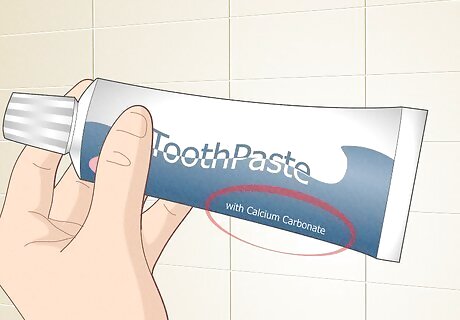
Abrasive agents, like calcium carbonate, could be a factor. Abrasive agents are used to scrub away debris, plaque, and stains on your teeth. If you have a sensitive mouth, the abrasive agents could be irritating the inside of your mouth because of the friction. Try avoiding toothpaste with abrasive agents like calcium carbonate and silica. Your symptoms should improve after a few weeks.
Whitening toothpaste is more irritating than normal toothpaste. Many people experience pain or discomfort after using whitening toothpaste. In addition to using abrasive components, many whitening pastes also use chemicals that are meant to break down stains and remove plaque off your teeth, which can burn your already sensitive mouth. If you notice any soreness in your gums, cheeks, or tongue, stop using the toothpaste. Avoid whitening toothpaste for a few weeks and see if your condition improves.
Flavorings can cause allergic reactions. Common flavorings include spearmint, peppermint, menthol, carvone, cinnamal, and anethole. Look for toothpaste without additional flavorings and see if your symptoms go away after a few weeks. Because mint and cinnamon flavorings, in particular, are so prevalent in toothpaste, it may be difficult to find a toothpaste that does not contain these chemicals. Non-flavored toothpaste is out there, but you might just have to search a little harder for it.
Which toothpaste doesn’t burn your mouth?
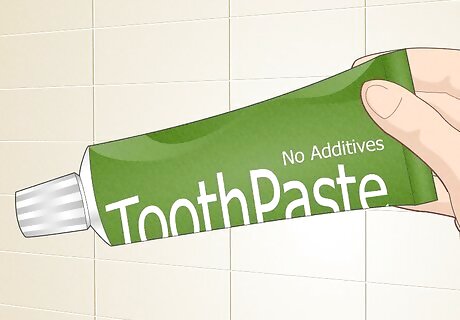
Toothpaste without additives shouldn't burn your mouth. You can find both natural and commercial toothpaste with fewer ingredients to avoid additives and harmful chemicals. Health stores and organic grocers will probably carry what you’re looking for. Try to find toothpaste without: Propolis (an antiseptic) Hexylresorcinol (for plaque prevention) Azulene (an anti-inflammatory agent) Dipentene (a solvent) Cocamidopropyl betaine (a surfactant) Parabens (a preservative) Fluoride salts
Which is the best toothpaste for sensitive teeth?
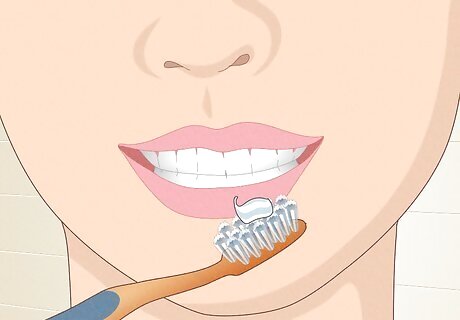
Try a desensitizing toothpaste. A desensitizing toothpaste will help block the pain in your teeth and build up protection over time. You can use a pea-sized amount of toothpaste on every sensitive tooth before you brush your teeth in the morning and at night. Sensodyne Rapid Relief and Colgate’s Sensitive Toothpaste Complete Protection are 2 popular desensitizing kinds of toothpaste that you can find at most drug stores. Stay away from whitening toothpaste, as those can make your sensitive teeth worse.
What are the best natural toothpastes?
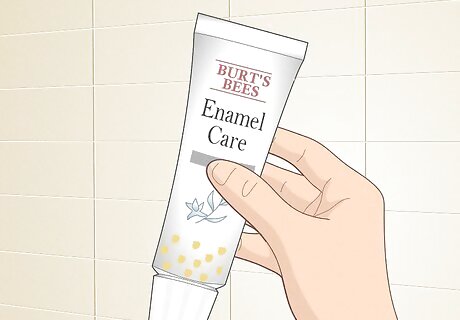
Try Burt’s Bees Enamel Care toothpaste for overall protection. This toothpaste is made without preservatives, artificial flavors, dyes, or SLS (Sodium Lauryl Sulfate). It comes with the American Dental Association’s seal of approval, so you know it’s a good toothpaste that you can use twice a day. Burt’s Bees toothpaste does contain natural mint flavoring. If you think you’re allergic to the mint flavor in toothpaste, this product might not be the one for you.
Try Hello Naturally Whitening Toothpaste to whiten your teeth. This natural toothpaste doesn’t contain any SLS, but it does have fluoride and a calcium blend to gently whiten your smile. Plus, you’ll still get that foamy texture, even with its natural ingredients. Hello Naturally Whitening Toothpaste has the ADA seal of approval, so you can rest assured it’s safe to use on your teeth.
What toothpaste do dentists recommend?
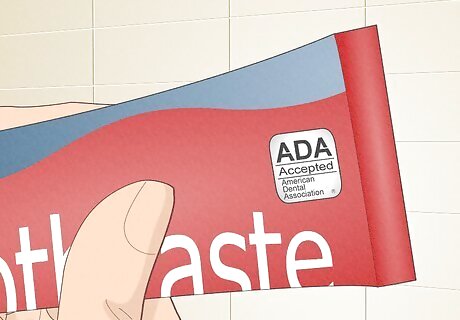
Any toothpaste with the ADA seal of approval is recommended. The American Dental Association, or the ADA, recommends products based on their ingredients and their proven abilities to work. When you’re out looking at products, make sure you look for the ADA logo to ensure the toothpaste is safe to use. Right now, the ADA recommends brands like Colgate, Sensodyne, Burt’s Bees, AIM, Aquafresh®, Crest, Hello, and Tom’s from Maine. This is especially important when looking for natural toothpaste, which can sometimes be unregulated.




















Comments
0 comment